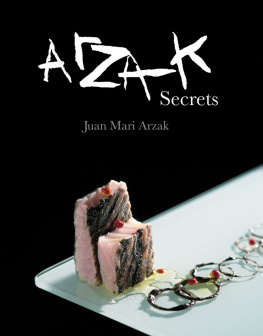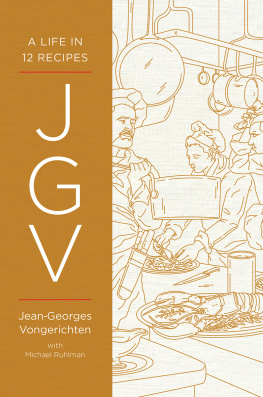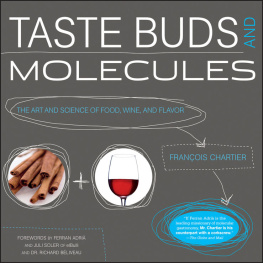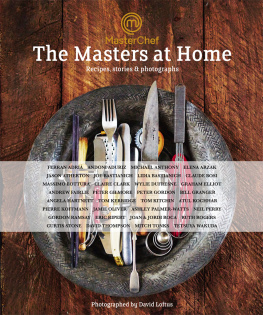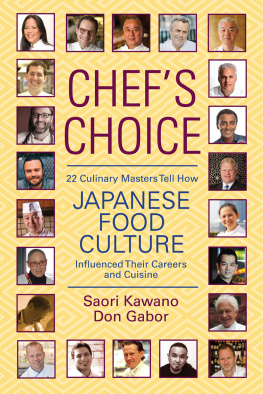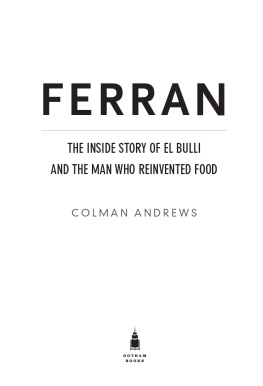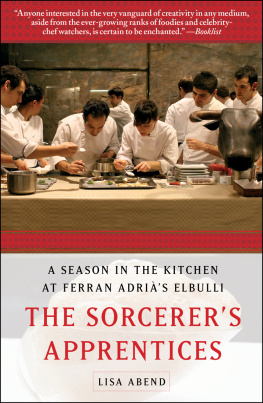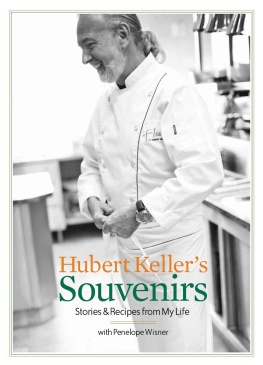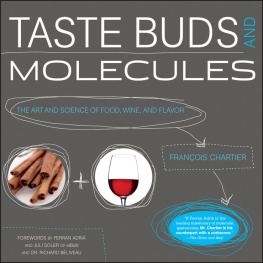Pagebreaks of the print version

Published in 2015 by Grub Street 4 Rainham Close London SW11 6SS Email: Web: www.grubstreet.co.uk Twitter: @grub_street Facebook: Grub Street Publishing Reprinted 2015 First published in Spanish by Bainet editorial S.A. Text copyright Juan Mari Arzak Copyright this English language edition Grub Street 2015 Translated by Heather Maisner A CIP catalogue record for this book is available from the British Library. ISBN 978-1-910690-08-6 eISBN 978-1-911621-68-3 Mobi ISBN 978-1-911621-68-3 The moral right of the author has been asserted. All rights reserved. Without limiting the rights under copyright reserved above, no part of this publication may be reproduced, stored in or introduced into a retrieval system, or transmitted, in any form or by any means (electronic, mechanical, photocopying, recording or otherwise) without the prior written permission of the above publisher of this book.

P rologue
It isnt particularly difficult to explain the intention of this book to curious readers.
The title is highly significant. The idea of culinary secrets takes us back in time to an outdated belief in jealously guarding recipes and culinary formulae, as if they were cloths of gold. This secrecy was so great that in many restaurants, individuals, mainly apprentices, were forced to give back or hide any sauce or dish, invented by the chef of the house, that they had finished off or flavoured in a personal way. One story reveals this perfectly. Everyone knows about Russian salad, a dish that has long been popular in many places, not only here but throughout Europe. This salad was known as Salad Olivier, as it still is in classical recipes.
It seems that in 1860 the French chef Lucien Olivier, who was co-owner of the Hermitage, a trendy restaurant in Moscows Trubnaya Square, created a motley salad that was an immediate success. But following the guidelines of the time, the chef kept secret, not only the ingredients in his recipe, but also all the spices and seasonings. Whats more, he went to the grave (I believe he is certainly buried in the Moscow cemetery) with the secrets of that salad. Only after questioning many Hermitage diners, who had enjoyed the dish at the time, could the Olivier salad ingredients and different dressings be unravelled in a more or less verbal way. Today this is unthinkable. At any event, the secrets of our cookery can be said to be open secrets, constantly disseminated through works like this, newspapers and magazines of all kinds, as well as countless websites and internet blogs, providing information to the entire planet in seconds.
Far from being a handkerchief, the world is now a tablecloth. Therefore, the secrets mentioned in this book are nothing but the wide open doors of our kitchen. Particularly our research laboratory, discovering many, many small cookery products and new techniques, ideas for fun combinations, visual explosions that help with the understanding of the cuisines recipes, which, without denying the complexity, sometimes opt for simple, but not simplistic, solutions, in that what really matters is the very occurrence of their creation. All this is based on the apt words of the great artist Javier Mariscal, when in doubt, simplicity. Furthermore, I do not have sleepless nights trying to summarize the secret of the newness of Arzaks cuisine, as you can infer from reading this book. It is a cuisine with a very specific personality, responding to the taste and expertise of those who make up the team that researches and produces this cuisine.
But of course, we are not Martians, and it is a Basque cuisine with concrete roots and above all tastes, that can be called idiosyncratic tastes (ways of being, in this case, eating, collective ownership, Basque), to be respected and not thrown overboard. Another key facet of our culinary work is that of research, an important factor in the development of all enterprises and, of course, the most creative. I like to emphasize that Arzak is no longer a lone person, who, in his day, why not say it, was a precursor, travelled, courageous, always with great boldness. It is a team, who investigates, tastes and tests everything and gives the best, i.e., shows diners eager for new experiences, only a small percentage, the minimum best of that which has been investigated. Precisely because this is an evolutionary cuisine, not a culinary success dying or living off the greatness of a series of perfect formulas in technique or taste. And it needs to be constantly moving forward in order not to stagnate.
And that brings us to the end of these definitions: it is an avant-garde cuisine, which is not cloning other leading cuisines or has few that are similar, surrenders to no-one, but prefers to lead, with all the risks involved, and, along with other great chefs, to keep Basque cuisine and therefore also Spanish cuisine, at the spearhead of permanent renovation in the world. I believe this work is a small sample of the above. Especially in the aspect I wish to highlight. Teamwork. Thus, in the creation and practical development of these recipes, as always, the entire team has bent over backwards. From my daughter Elena, who contributed many ideas, thoughts and suggestions; to chef, Pello Aramburu (and everyone around him), above all with their practical qualifications, and, of course, at the heart of responsibility, Xabi Gutirrez, creative head of our research laboratory, and another key person, his right hand man, the young Igor Zalakain, who painstakingly synthesized all creations into practice.
We cannot forget the importance of the visual element today and, through the front door, here comes the hugely professional photographer and close friend, Mikel Alonso, who unusually in the graphic collaboration of many less impressive books, takes us stunningly through the eye to the essence of each recipe. Nor can I fail to include in our team, the pen of another great friend and collaborator Mikel Corcuera, who can interpret what I think better than anyone, and with whom once again, I have easily been able to provide the glossary to our unique cookbook with precision and depth. I also have to thank my good friends the Spanish publishers Bainet Editorial, who again bet on us to produce a complex work that will hopefully enjoy success to be shared for the good of all. And to Grub Street, the publishers of the English edition. Juan Mari
O ils, new colours, aromas and flavours
About twenty years ago, I started to experiment with smoothies or vegetable, herb and fruit juices, incorporating them into different types of oils. From the start, and also in later research, the cookery team and I prepared and tested many combinations.
It is undoubtedly common in cookery, above all in the Mediterranean (especially in the most modern cookery and the authors), to use these oils in profusion. Aromatic oils increase the taste quality of a dish. They are easy to prepare, in terms of combinations of ingredients, because there are hundreds of them... just unleash the imagination of each cook. Basil or parsley, tarragon or rosemary, with spinach or garlic, with lemon, orange or tangerine peel, passion fruit and other exotic fruits, with oils sweet or spicy. Also with cardamom, green pepper or cinnamon.

